No products in the cart.
- +(86) 18681141326
- sales@polysmarts.com
- Building 2, No. 8, Guangbao Road, Qishi Town, Guangdong Province, CN
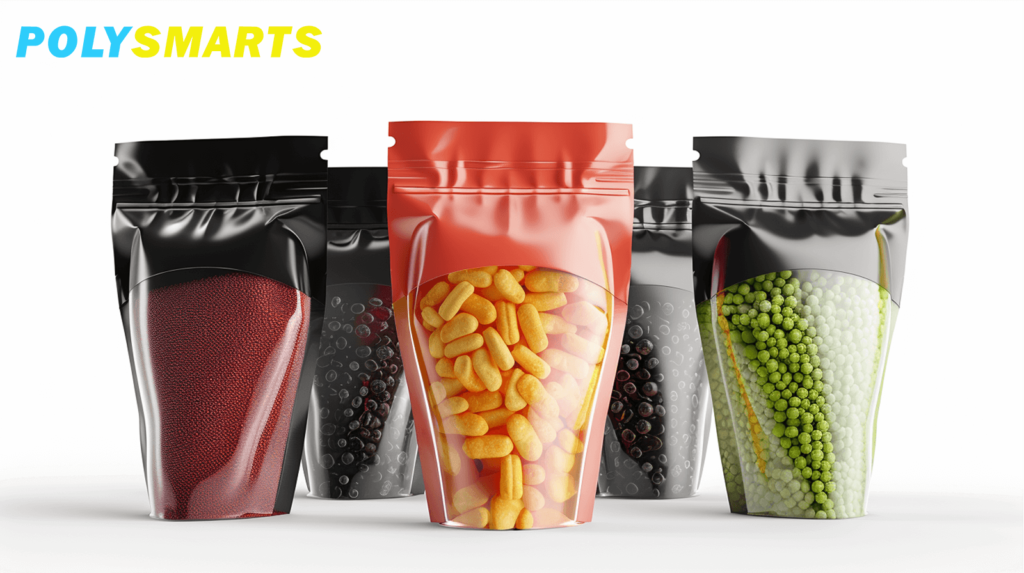
In the ever-evolving world of food manufacturing, ensuring the safety and freshness of products is paramount. This is where barrier packaging comes into play, offering an effective solution to protect food items from external elements like moisture, air particles, and contaminants. In this comprehensive guide, we’ll delve into the ins and outs of barrier packaging, exploring its importance, types, and considerations for food manufacturers.
Barrier packaging is a specialized form of food packaging designed to create a protective barrier against external factors that can cause spoilage or contamination. It acts as a shield, preventing moisture, oxygen, carbon dioxide, nitrogen, and other air particles from reaching the food product inside. By doing so, it effectively extends the shelf life and preserves the quality of the packaged items.
Food Safety: Barrier packaging plays a crucial role in maintaining food safety by preventing the growth of decomposing microbes and mold, which can pose serious health risks to consumers.
Extended Shelf Life: By creating an environment that limits exposure to air and moisture, barrier packaging significantly extends the shelf life of food products, ensuring they remain fresh for a longer period.
Brand Reputation: Providing consumers with safe and fresh products is essential for building and maintaining a strong brand reputation in the food industry.
At The Polysmarts Packaging, we utilize two types of high-barrier film layers to ensure optimal protection for your food products:

White variant: A popular choice that serves as a blank canvas, enhancing the vibrancy of your design and graphics.
Barrier packaging is a vital component in the food manufacturing industry, providing a reliable safeguard against external threats that can compromise the quality and safety of your products. By understanding the importance of barrier packaging, the types of high-barrier film layers available, and the considerations for choosing the right film, you can make an informed decision to ensure your products reach consumers in optimal condition.
Contact The Polysmarts Packaging today to explore custom barrier packaging solutions tailored to your specific needs.
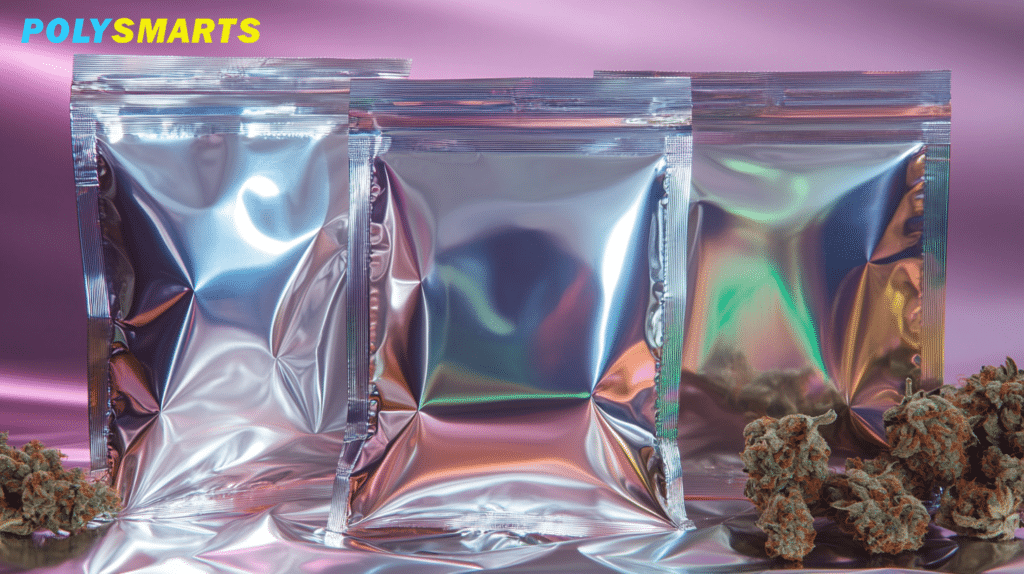
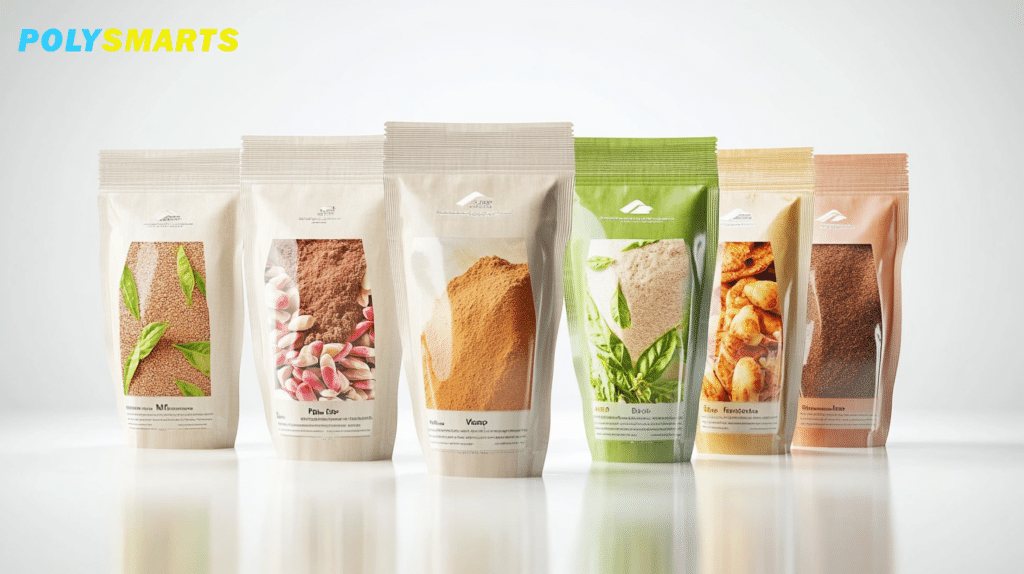
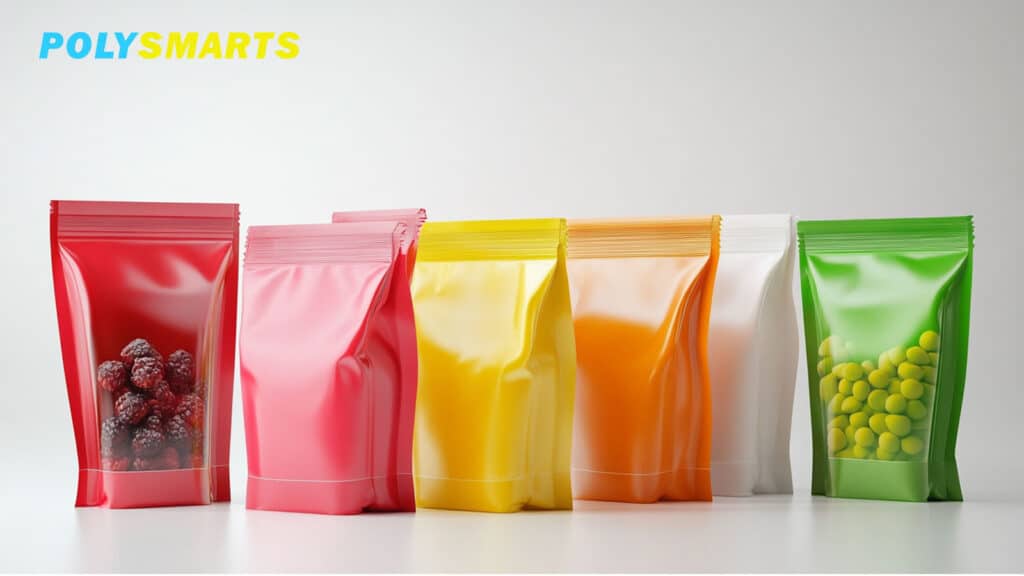
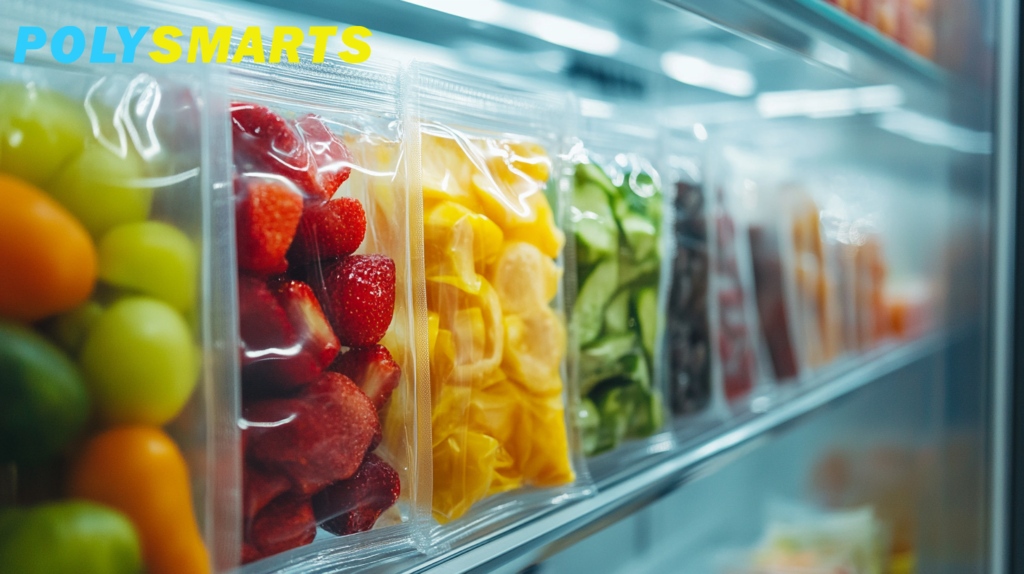
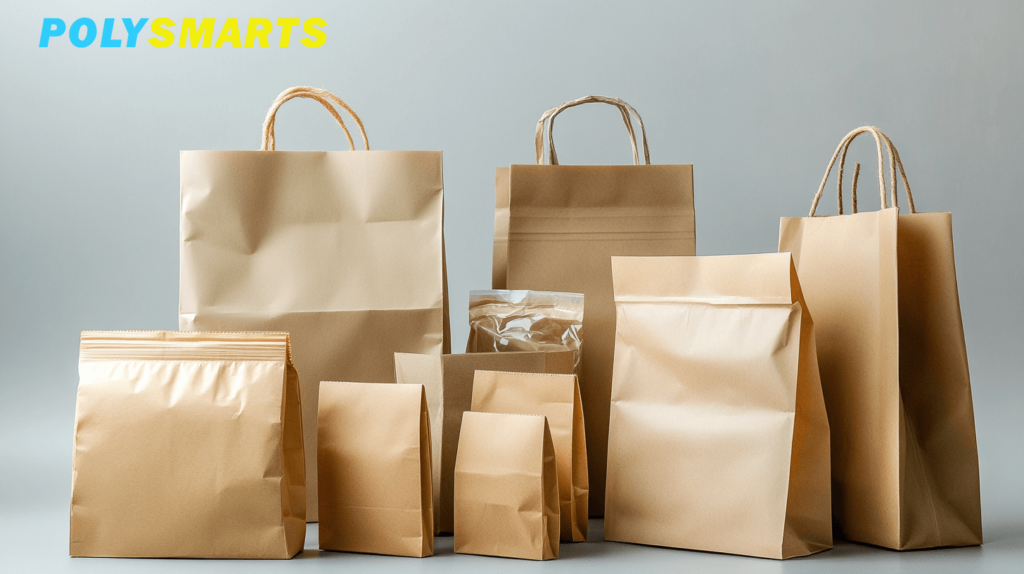
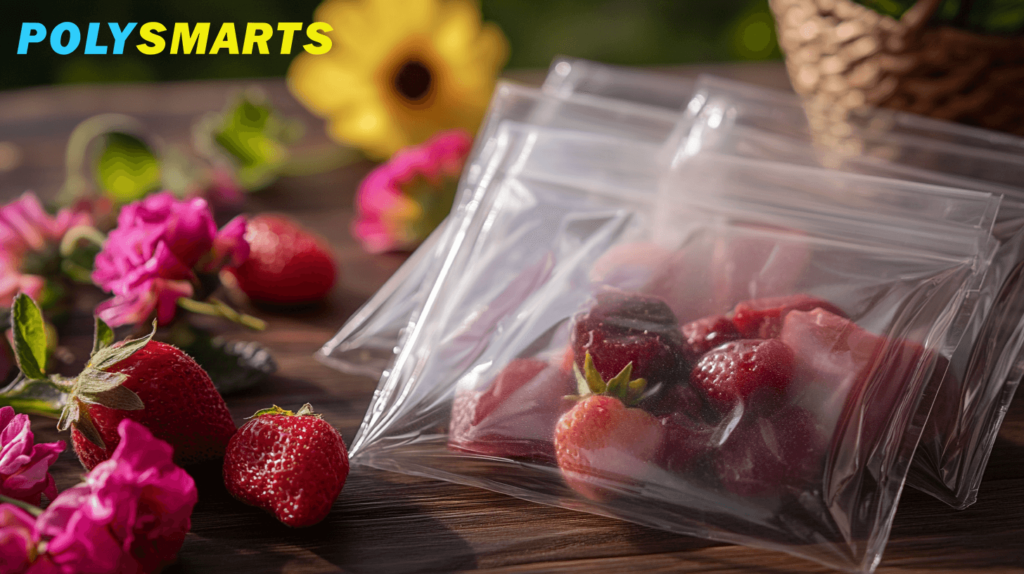
Simply fill out the form below as best you can. Don’t worry the details.
Flexible packaging bags offer superior versatility compared to rigid packaging. Learn how these innovative bags can be customized for countless applications from food to medical uses.